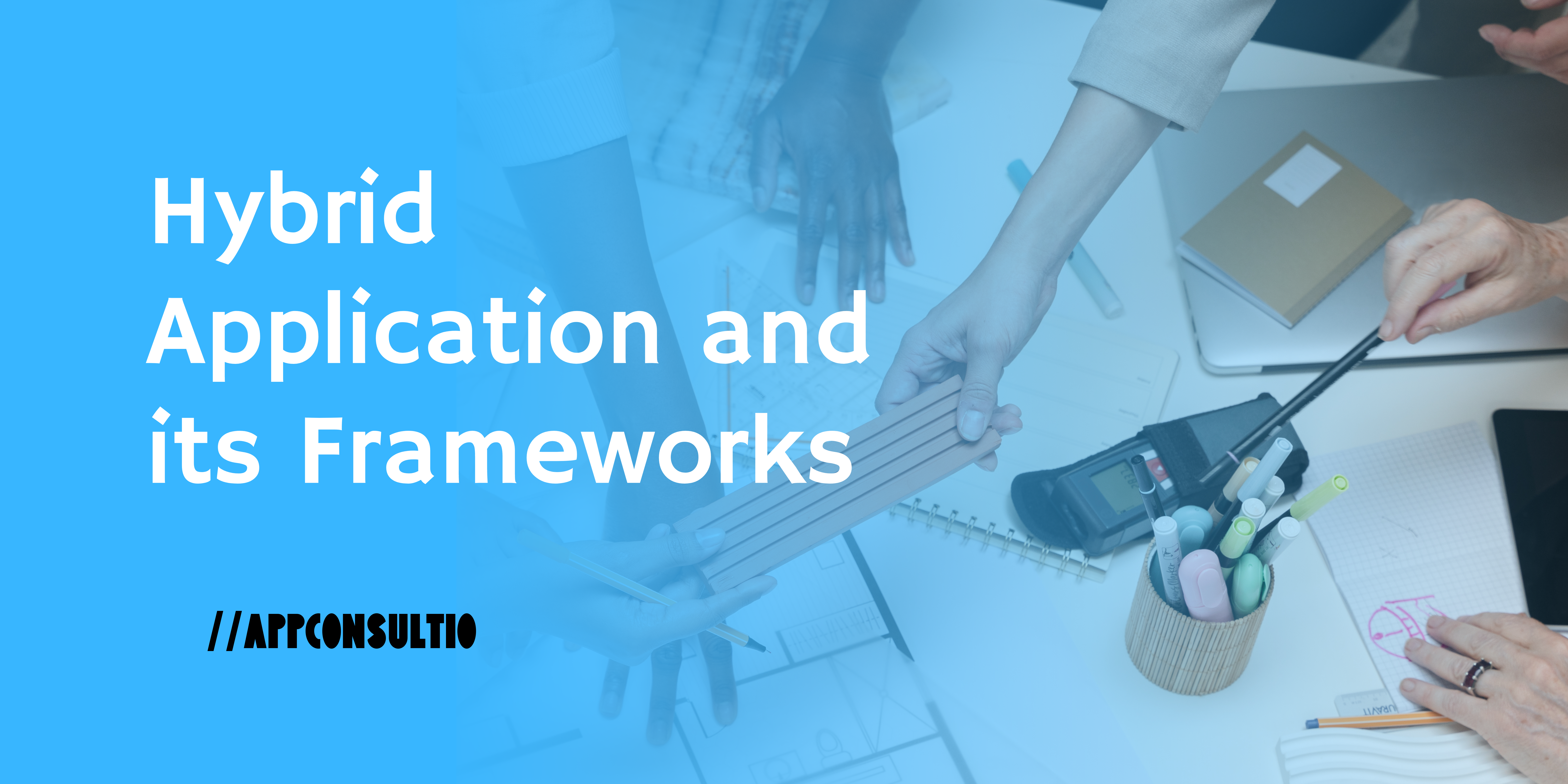
A hybrid app is like a mix of two things: a regular website and a fancy smartphone app. It's called "hybrid" because it combines both of these. The core of a hybrid app is made using regular web stuff like HTML, CSS, and JavaScript – the things that make websites work. But instead of running in a web browser like a standard website, this app runs inside a special "wrapper" that's part of a smartphone app. You can make your hybrid app do everything a regular app can do on your phone. You can use plugins like add-ons to access stuff like fingerprint sensors or Bluetooth devices. These plugins are like tools made by others that you can add to your app.
The only tricky thing is to make your app's design look and feel natural. That's where tools like Ionic, NativeScript, Xamarin, or React Native come in. They provide fancy buttons, menus, and other things that make your app look and work like a regular one. But remember, because your app still uses a web browser behind the scenes, it might not be as fast or smooth as a fully native app. It could have some quirks, especially on different types of phones or operating systems.
React Native - React Native was created by Facebook in 2015, and it'll become trendy by 2021, and it's still going strong in 2023. Some people compare it to another Ionic tool when deciding which one to use.
React Native might take a little time to learn. It's like learning a new language or playing a new game. You might wait to become an expert, but you'll improve with practice. React Native lets you create apps for iPhones and Android phones using just one set of instructions (code). So, it's like speaking one language that both phones understand. Big companies like Facebook and Instagram use React Native to build their apps. It helps them make their apps work super well. So, if you want to make apps like the pros, React Native is a handy tool!
Flutter - Flutter is like a unique tool from Google that helps people create awesome mobile apps. It's become trendy in the past couple of years. It uses a unique language called Dart, also from Google, and a fast engine for making things look great. With Flutter, you can build Android and iPhone apps using just one set of instructions (code). It's like speaking one language that both phones understand, so you don't have to learn two different languages. The cool thing is that Flutter lets you make apps that look amazing and work smoothly. You can create all sorts of cool designs and make the app do fun things. Big brands like Alibaba and Hamilton Musical have used Flutter to build their apps because it's so good.
Ionic - It's like a unique set of tools that makes creating apps easier. Ionic uses a mix of web technologies that developers are familiar with, like HTML and AngularJS. It's like using building blocks to build a house. And Ionic is adding new, fancy tools like Shadow DOM and Custom Elements to make your apps look and work even better. What's neat about Ionic is that you can use it to build something called Progressive Web Apps (PWAs). These are like apps you can use in your web browser, and they work on your computer and phone. And there's this thing called the Ionic CLI (Command Line Interface), which is like a helper tool. It makes building your app with Ionic easier. It helps you with the technical stuff, like ensuring everything works smoothly and fixing any issues. Think of it as having a personal assistant for app development.